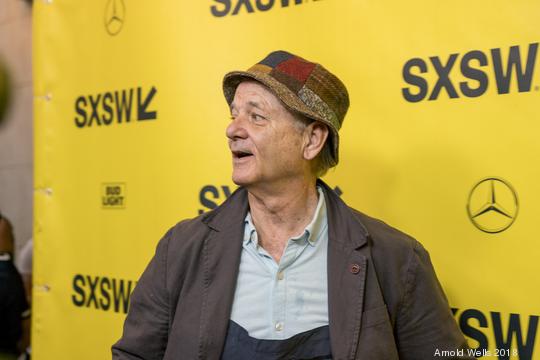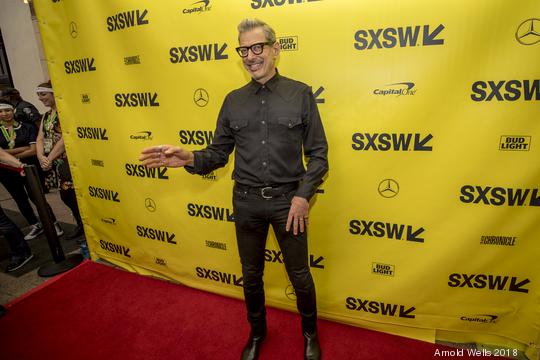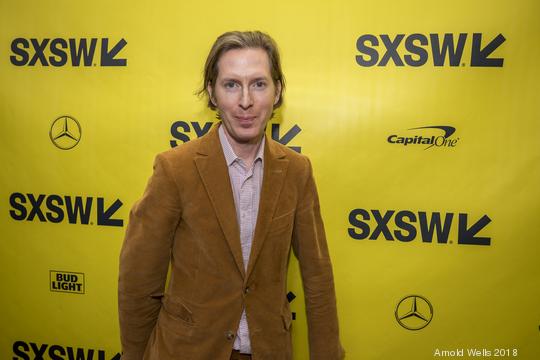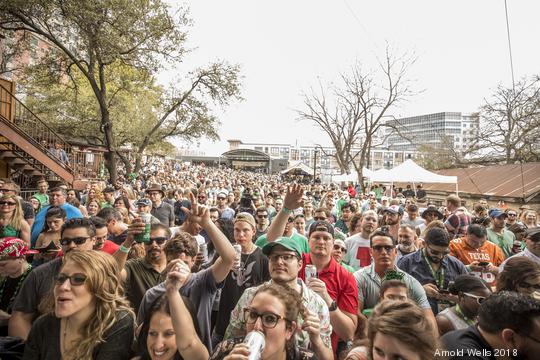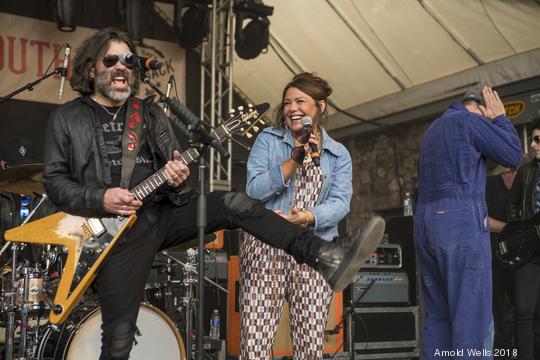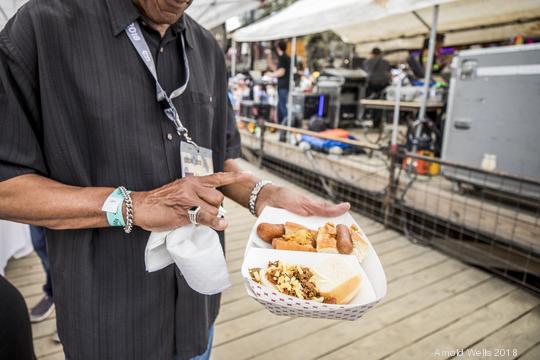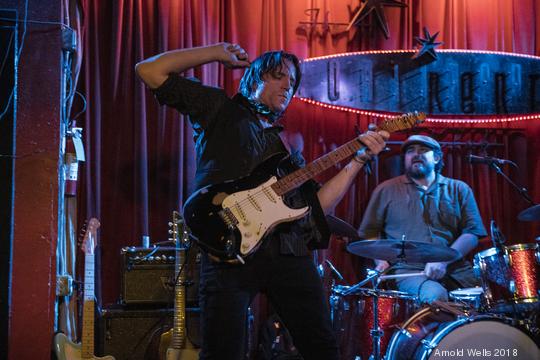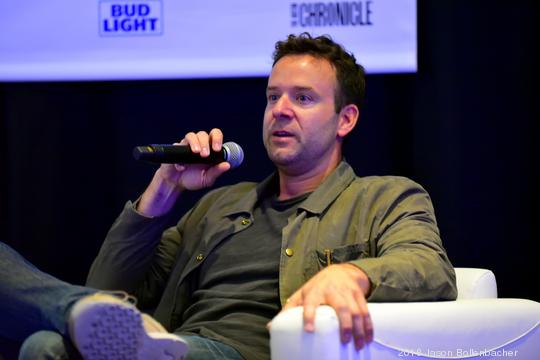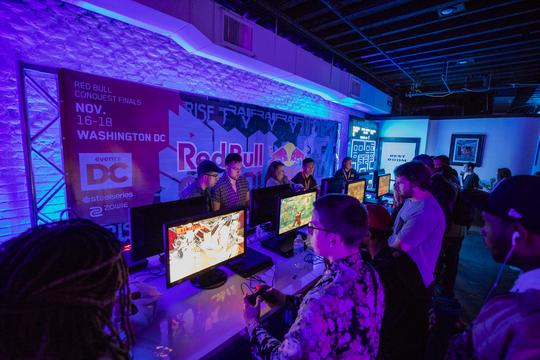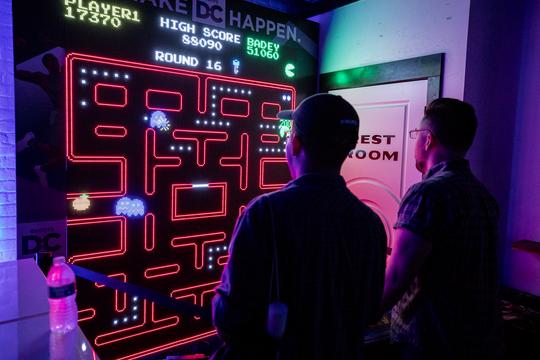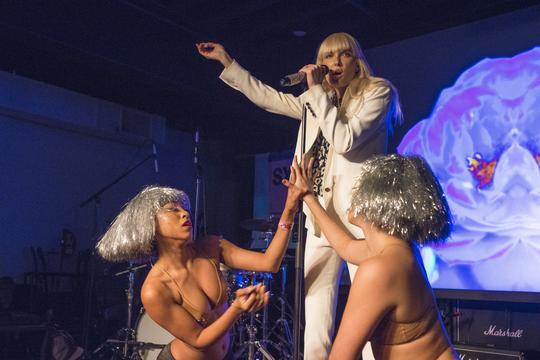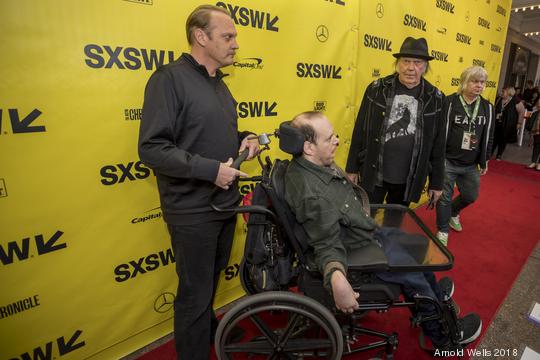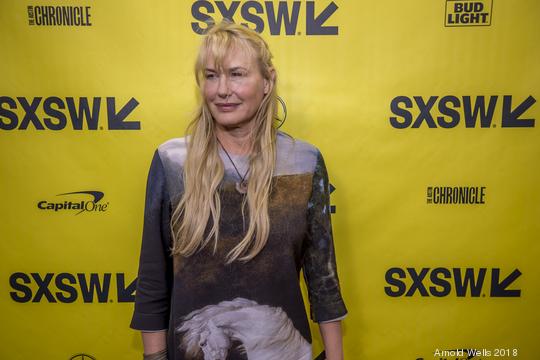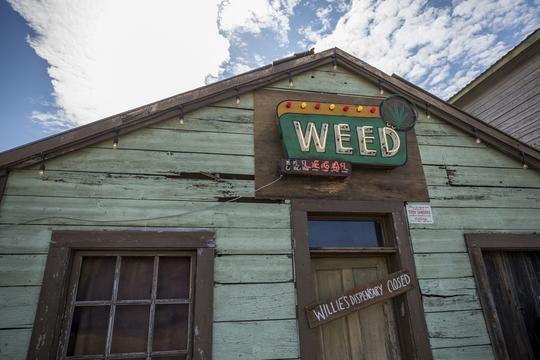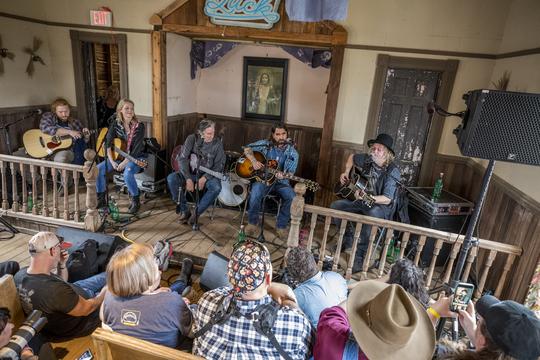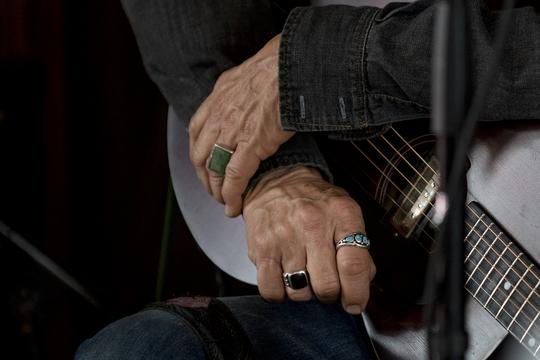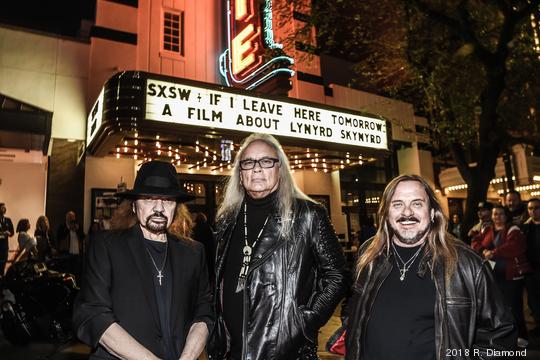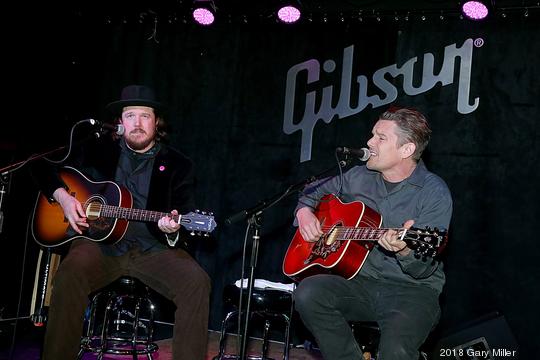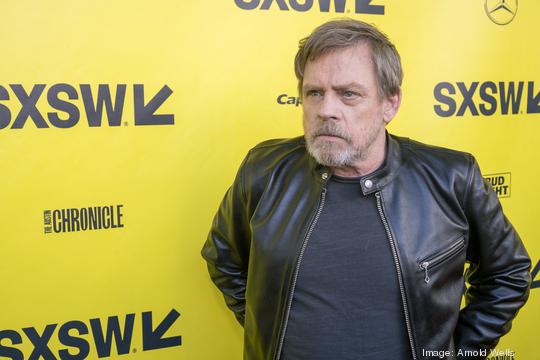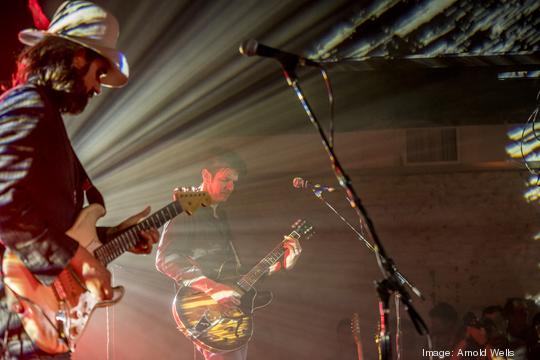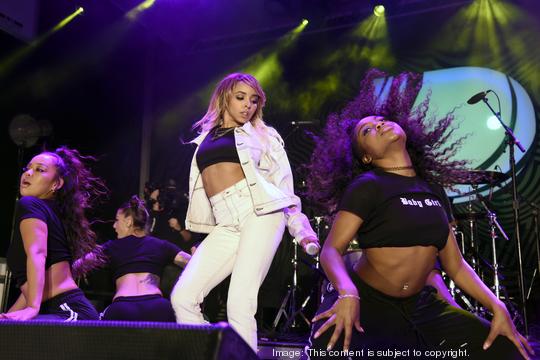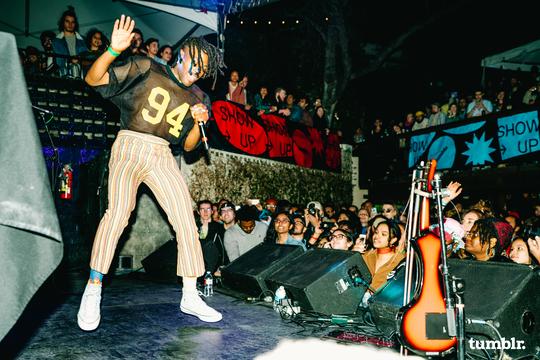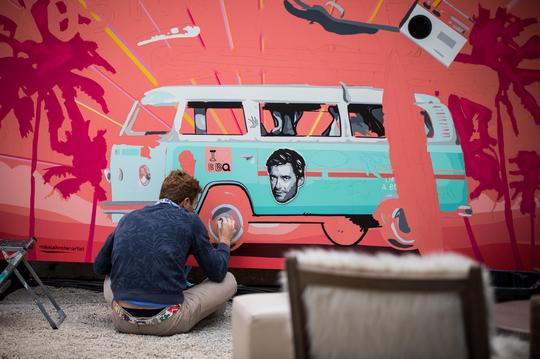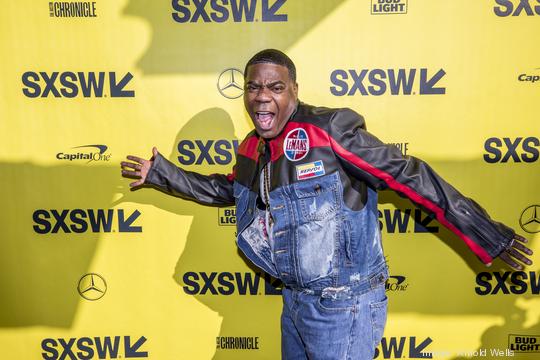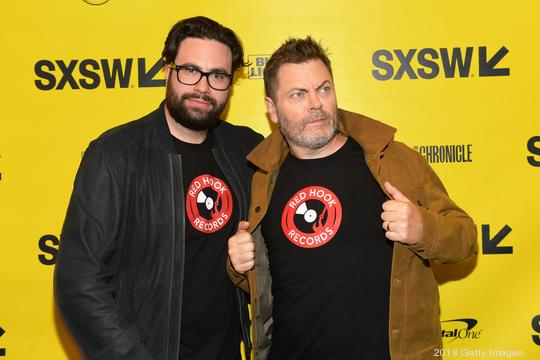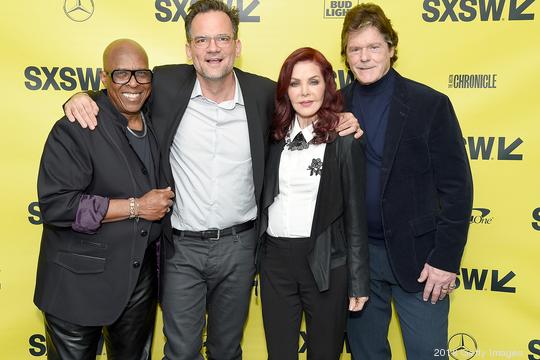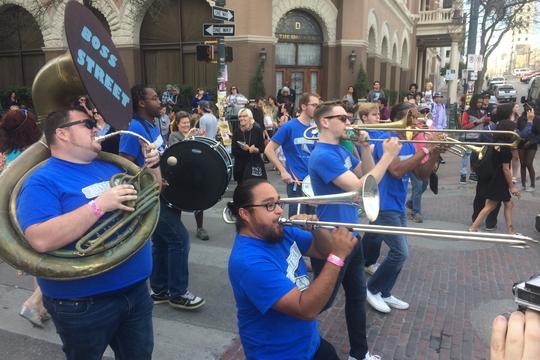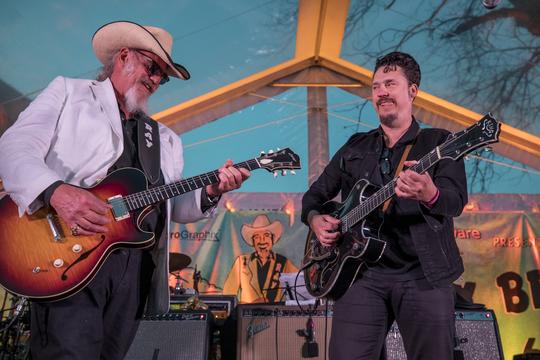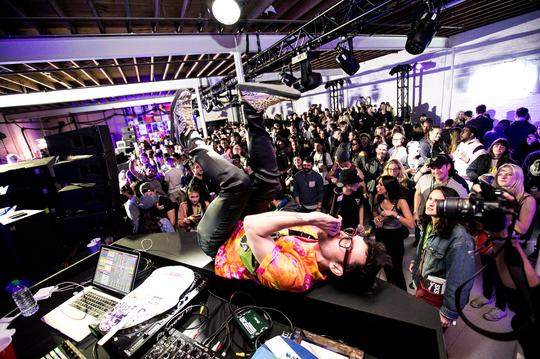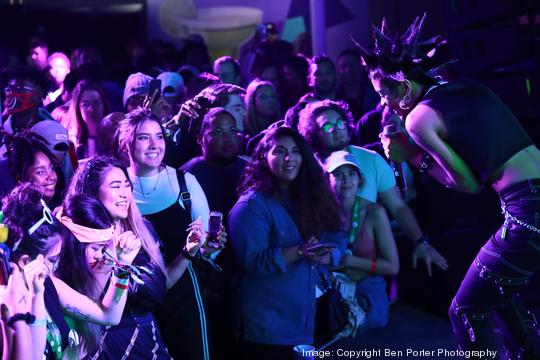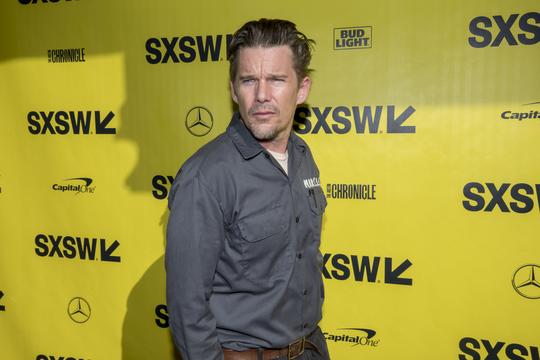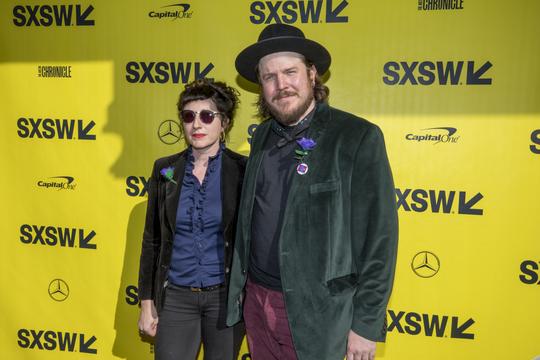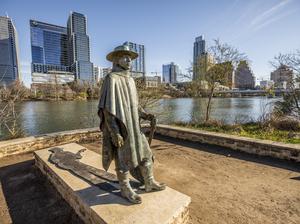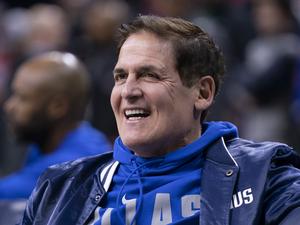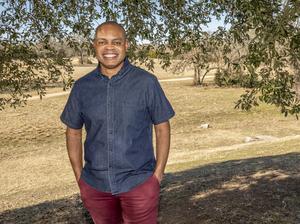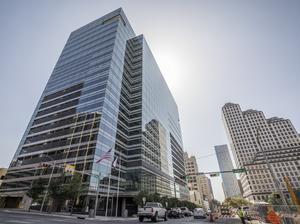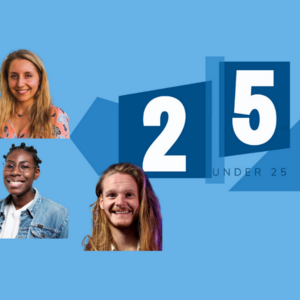When you think about South by Southwest, what comes to mind?
Futuristic ideas? Long lines to see celebrity speakers? Secret shows?
Or maybe you come at it more as a people-watcher, catching all the side action that accompanies one of the world's biggest tech and music expos — or as a hustler setting up elaborate activations or simply ferrying attendees across town to the next big thing.
Whatever it is, it has all changed in one way or another — maybe forever, with this year's virtual configuration likely to persist, in some form, for future South by Southwests. And that has major ramifications for the local economy, from event planners to bar owners. The festival's economic impact has been compared to hosting the Super Bowl every year.
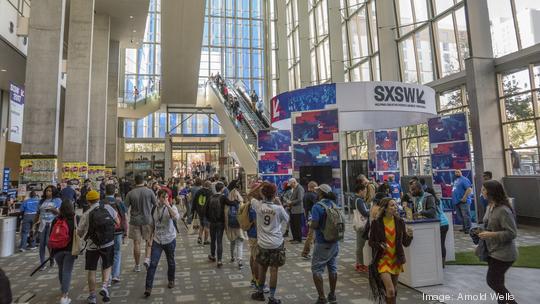
But, of course, the situation for SXSW isn't entirely unique.
“It’s certainly been a challenging year for us, as it has been for so many businesses and small businesses in Austin," said Hugh Forrest, chief programming officer at SXSW. "Ultimately, we are one of those small businesses, so we had our fair share of challenges, too.”
That might be an understatement.
Inside the SXSW organization, this year's conference has forced a team with hard-earned expertise in huge in-person events to aim at a continuously moving target with ideas rising and falling as the pandemic presses on.
In the early days of the pandemic, SXSW officials, like many of us, thought we might tame the spread of Covid in a matter of months.
The Saturday after City Hall forced the cancellation of the 2020 conference, SXSW leaders immediately started planning to push all of that year's sessions and content into a virtual experience to replace the in-person event that had been planned over the course of more than a year. But, in the end, they choose to slow down and be more intentional about their pivot to virtual, Forrest said.
After that weekend, SXSW laid off about a third of its staff, or roughly 58 people.
But hope remained for a return to mostly in-person events in 2021. Until about July, when Covid cases spiked.
“As we got into the fall, it became a little more apparent an in-person event wasn’t going to be realistic, in terms of the safety challenges we were having in Austin," Forrest said.
Soon, SXSW found itself delaying the activation of its Panel Picker, which it uses to source ideas and get the community to vote on sessions and speakers.
Ultimately, much of the festival's usual game plan got torn up. While the state has now long allowed limited-attendance concerts and gatherings, SXSW leaders decided the only safe path forward for 2021 would be entirely virtual.
Dark days
The days leading up to city leaders forcing the cancellation of SXSW were chaotic, Forrest said. SXSW was in regular contact with Austin Public Health.
Meanwhile, big businesses, including Twitter, TikTok and Facebook, and major influencers — including author and podcaster Tim Ferris and Backstage Capital's Arlan Hamilton — pulled out as newcomers were added. Meanwhile, petitions began circulating calling on officials to cancel, even though no Covid cases had been reported in Austin.
Even days before the decision, Forrest said many people felt like it could still be safe to proceed with some precautions in place.
“Then all of a sudden that calculus began to change, and it changed pretty rapidly," he said.
On March 9, Forrest was at City Hall for a press conference announcing the big decision, and it became a moment many people will never forget.
“The cancellation of SXSW was an eye-opener to people in Austin and a lot of people as to the seriousness of this thing," he said.
But another reality set in when he got back to SXSW headquarters. Staff members were crying.
“And I think crying for many reasons," Forrest recalled. "They were sad it wasn’t happening. Sad that you put 11 months of your life working into this event. And all the hard work doesn’t come to fruition. And also sad that you don’t have the type of emotional reward that we typically have from SXSW that makes all the hard work worthwhile.”
Days later, the layoffs came.
Even in those dire moments, Forrest said he never felt SXSW was close to total collapse.
“I don’t think anyone was completely confident as the pandemic began to unfold in the U.S. But from where I stood, I thought we were in an OK position to survive what would be a challenging time.”
They also thought, at the time, things would be mostly back to normal for the 2021 conference.
“That kind of thinking certainly looks silly 11 months later, but we’ve all learned so much about the virus, and learned how foolish we were to underestimate its impact," he said.
While many employees were furloughed for months, SXSW hasn't had any significant layoffs since March. In late April, SXSW received a $5 million loan from Horizon Bank through the federal Paycheck Protection Program. SXSW employs 127 people now, Forrest said.
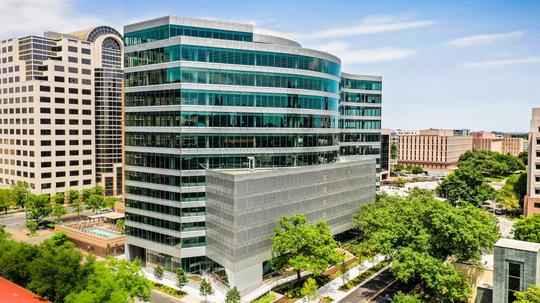
After securing much-needed federal funding, SXSW found business opportunities by releasing selections from its film festival in a partnership with Amazon Prime Video and began preparing for a year like no other.
Uncertainty and brighter horizons
No one is even pretending that SXSW this year will be anything like those of the past.
BELOW: Check out scenes from SXSW in 2018
Scenes from SXSW 2018: Parties, popups & red carpets
In 2019, the 14-day festival generated $355.9 million in overall economic impact in Austin. That included about $183 million from ticket holders, $157 million in SXSW payroll and operations and $16.7 million in consumer impact. It's the most profitable event in the city for the hospitality industry, according to the analysis by Greyhill Advisors.
Forrest recently noted the conference draws about 70,000 industry attendees, plus around 200,000 consumers who come to town to be part of the action.
“It’s hard for me to see a scenario where the physical Austin community benefits in quite the same way in 2021 as it has in previous years," Forrest said during a presentation with the Austin Young Chamber. "But I don’t think it’s a complete wash either.”
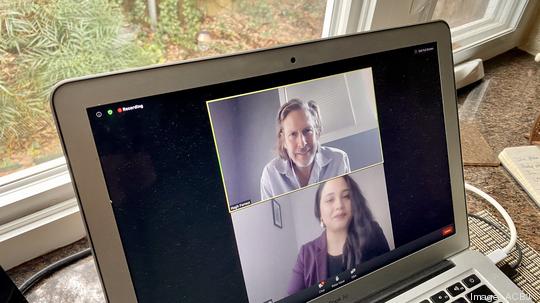
While attendees this year won't need the hotel rooms, rideshares, tacos and barbecue of the past, Forrest said that SXSW's role in putting Austin on the global map will continue. Conference officials already say international interest is up, and the lower ticket prices are likely to attract people who otherwise would have found attending the festival March 16-20 unaffordable. SXSW Online passes currently cost $249 on the website and get higher as the event gets closer, jumping to $399 in March. In 2020, before SXSW was canceled because of the pandemic, all-access platinum badges cost $1,600.
This year, the festival will be broadcast online through a contract with Boston-based Brightcove Inc. (Nasdaq: BCOV). Officials for both organizations say it will feel more akin to streaming Netflix or Amazon shows than a prolonged Zoom call. It will be available to ticket holders via Apple TV, Roku, Fire TV, Android TV and Samsung TV, in addition to laptops and other devices. Most of the content will also be available for playback, cutting down on the traditional FOMO of SXSW.
The conference, which encompasses interactive, music, film and education, has already announced big-name keynote speakers, including Oprah Winfrey and Willie Nelson, along with the usual lineup of up-and-coming innovators and celebrities in all fields.
SXSW declined to share any projections or goals for attendance this year, in part because last year's ticket buyers are being admitted and because registrations for virtual events tend to come in last minute since people don't need to do much planning to attend.
“I think that will help us expand our market both geographically and in terms of getting in younger creatives who maybe can't absorb the current cost of a badge," Forrest said.
The organization reports it has been able to land high-quality partners and sponsors for its virtual trade show, as well as for particular tracks and topics at this year's festival. White Claw, Kia and Amazon-owned Audible are a few of partners prominently displayed on SXSW.com.
“It’s very much a learning year for us in terms of what things are most attractive in terms of sponsors and brands that have traditionally worked with SXSW," he said.
One of the biggest potential casualties of having it all online is missing out on those chance meetings with strangers who might become fast friends, business partners or customers. There aren't currently any ways to fully replicate that, Forrest said.
“We’re still hindered in a virtual world in my mind," he said.
But SXSW has created networking channels in order to help people meet each other and set up meetings.
“Nothing quite, from a virtual standpoint, is going to replace the serendipitous connections that typically happen at SXSW," Forrest said. "But, framing that more as a positive, for people who are aggressive about this or strategic about this, there will be probably better opportunities to target exactly the kind of folks you want to connect with via the app and arrange virtual meetings.
"What you lose in serendipity, I think in some ways you’ll be able to gain in terms of the nature of the virtual experience.”
Meanwhile, SXSW hasn't foreshadowed having any of the secret shows or events from past years.
“I would love to say there are going to be Easter eggs hidden all over the site," Forrest told viewers during the Austin Young Chamber event. "I cannot say that with confidence on January 28.”
But, then again, what kind of secret show would it be if we already knew about it?
Beyond 2021
If vaccine distribution continues and the virus is largely tamed, Forrest said he still doesn't expect SXSW to return to its 2019 form. It will almost certainly be a hybrid event with online content (likely at a lower price) offered along side the in-person festival.
SXSW, first held in 1987, is also prepping for more year-round content and activity.
“I think that the model for this in the event industry is what TED and TED-X do," he said, noting their occasional events and year-round content.
Meanwhile, Forrest expects there to be a lot of pent-up demand for gatherings of all kinds once people can safely assemble.
“I think events are going to see a pretty significant rebound," he said.
But he said it will likely come in a K-shape.
"The bigger and more established events, such as SXSW, I think will have an edge when we return to in-person events," he said. New and smaller events will likely have a harder time, which Forrest said isn't healthy for the overall industry.
“Competition is always, always, always a good thing," he said.
